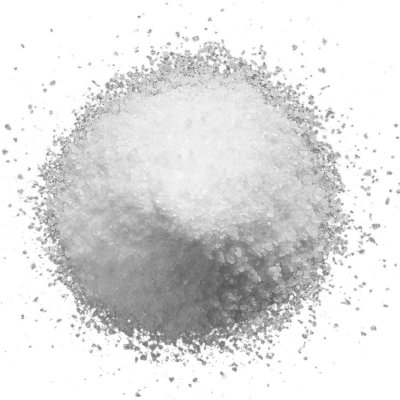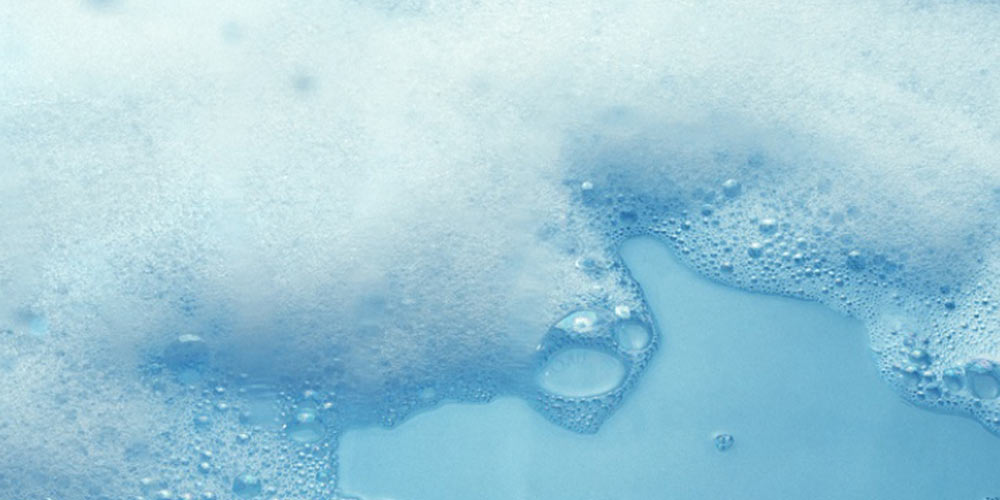How Defoamers Are Used to Prevent Foam in Food and Beverage Production
How Defoamers Are Used to Prevent Foam in Food and Beverage Production
Blog Article
The Role of Defoamers in Enhancing Item Quality and Performance
Defoamers offer as vital ingredients that reduce this issue, guaranteeing smoother production workflows while enhancing the functional and visual characteristics of the last items. The selection of the suitable defoamer can be important to achieving ideal outcomes, raising important questions about formula compatibility and performance metrics that merit more exploration.
Comprehending Defoamers
Recognizing the function of defoamers is essential for maintaining product high quality across different industries. Defoamers are chemical additives made to minimize and avoid the development of foam in liquid systems, which can adversely influence procedures such as blending, filling, and surface tension. Frothing can bring about inefficiencies, product problems, and jeopardized aesthetic allure, making defoamers an important part in making procedures.
In industrial applications, defoamers aid to improve product uniformity and security. The effective usage of defoamers not only makes certain smoother production processes yet likewise adds to exceptional item performance.
In addition, the selection and formulation of a defoamer have to straighten with certain application requirements, such as compatibility with other active ingredients, effectiveness under differing temperature level and pH problems, and potential regulatory constraints. Ultimately, recognizing defoamers' functions and their value in various formulas is vital for optimizing manufacturing and ensuring the finest quality output.
Sorts Of Defoamers
Defoamers can be classified right into several kinds based on their structure and device of action. The main kinds include silicone-based, non-silicone organic, and not natural defoamers.
Silicone-based defoamers are amongst one of the most efficient, primarily as a result of their ability to spread out rapidly on the fluid surface area and interrupt foam formation. Their one-of-a-kind chemical structure permits superior stability, making them suitable for high-temperature applications and settings with differing pH degrees.
Non-silicone organic defoamers, commonly made up of fatty acids or all-natural oils, are valued for their biodegradability and reduced toxicity. These are commonly used in food and beverage applications where security and environmental effect are critical.
Not natural defoamers, that include materials like talc or calcium carbonate, act by increasing the thickness of the liquid, therefore decreasing foam stability. They are commonly made use of in commercial procedures where compatibility with various other materials is not an issue.
Each sort of defoamer has distinct advantages and limitations, enabling customized options relying on the specific frothing concerns run into in numerous applications. Comprehending these differences is important for optimizing efficiency and attaining desired item top quality.
Applications Throughout Industries
Various markets leverage defoamers to enhance item top quality and operational efficiency. In the food and drink market, defoamers are vital in processes such as developing and dairy production to avoid foam formation, which can lead to inefficiencies and item variance. By controlling foam, manufacturers can guarantee much better return and a much more uniform item.
In the pharmaceutical sector, defoamers play a crucial role in the formulation of fluid medications, where extreme foam can hinder blending and accurate application. Their use helps maintain the stability of the formulations and assists in smoother production procedures.
The paint and coverings sector likewise depends on defoamers to enhance the performance of products during application. By decreasing foam, these additives make certain a smoother finish and enhance the visual qualities of the last product.

Advantages of Making Use Of Defoamers
While the application of defoamers differs throughout markets, their advantages constantly improve product high quality and process effectiveness. One significant benefit is the decrease of foam development throughout making procedures, which can otherwise result in production hold-ups discover this and incongruities pop over to this web-site in item top quality. By decreasing foam, defoamers make it possible for a smoother circulation of products, facilitating more efficient procedures and minimizing the possibility of equipment breakdowns.
In addition, the usage of defoamers can enhance the appearance and structure of end products. In sectors such as coatings, paints, and food handling, excessive foam can endanger the visual looks and general quality, while the suitable defoamer application ensures an uniform finish and preferable characteristics. Defoamers can add to set you back savings by decreasing waste throughout manufacturing and enhancing the usage of raw materials.

Choosing the Right Defoamer
Choosing the ideal defoamer is important for enhancing manufacturing processes and making sure product high quality. The selection of defoamer affects not just the performance of foam control yet likewise the general efficiency characteristics of the final item. Variables to take into consideration consist of the sort of application, the click for more info chemistry of the formulation, and the ecological problems under which the product will be used.
Different industries may need specific defoamer types, such as silicone-based, natural, or polymeric defoamers. Understanding the compatibility of the defoamer with the primary ingredients is necessary to avoid adverse responses that can jeopardize product honesty. In addition, the defoamer's performance in different temperatures and pH degrees need to be assessed to make sure regular performance.
Testing the defoamer in small applications can provide valuable insights into its performance and viability. Factor to consider of governing compliance, specifically in food, pharmaceuticals, and cosmetics, is extremely important in picking a defoamer. Eventually, an extensive analysis of these elements will certainly lead to the choice of a defoamer that not just manages foam effectively however additionally enhances the high quality and performance of the final item.
Conclusion

In final thought, defoamers are vital additives that considerably enhance item high quality and performance across numerous sectors. The critical option and application of defoamers lead to set you back savings, optimized source usage, and enhanced customer complete satisfaction.
Foaming can lead to inadequacies, item problems, and compromised aesthetic charm, making defoamers a vital component in making procedures.

Report this page